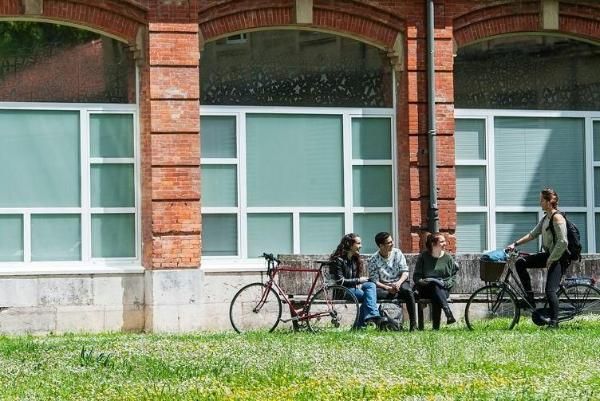Araba
Campus


Max Planck Institute for the Science of Human History
Jena, AlemaniaPublicaciones en colaboración con investigadoras/es de Max Planck Institute for the Science of Human History (28)
2024
-
The individuals from the Neolithic multiple gathering of Pontcharaud site, Clermont-Ferrand (excavations 1986): warriors or accompanying dead?
Bulletins et Memoires de la Societe d'Anthropologie de Paris
2023
-
Comparison of Mg/Ca concentration series from Patella depressa limpet shells using CF-LIBS and LA-ICP-MS
Talanta, Vol. 251
-
Genomic history of coastal societies from eastern South America
Nature Ecology and Evolution, Vol. 7, Núm. 8, pp. 1315-1330
-
The Potential of Dental Calculus as a Novel Source of Biological Isotopic Data
Interdisciplinary Contributions to Archaeology (Springer Nature), pp. 125-152
2022
-
A Neandertal dietary conundrum: Insights provided by tooth enamel Zn isotopes from Gabasa, Spain
Proceedings of the National Academy of Sciences of the United States of America, Vol. 119, Núm. 43
-
Bayesian estimates of marine radiocarbon reservoir effect in northern Iberia during the Early and Middle Holocene
Quaternary Geochronology, Vol. 67
-
Human forager response to abrupt climate change at 8.2 ka on the Atlantic coast of Europe
Scientific Reports, Vol. 12, Núm. 1
-
Stone Age Yersinia pestis genomes shed light on the early evolution, diversity, and ecology of plague
Proceedings of the National Academy of Sciences of the United States of America, Vol. 119, Núm. 17
-
Understanding the microbial biogeography of ancient human dentitions to guide study design and interpretation
FEMS Microbes, Vol. 3
2021
-
Exotic foods reveal contact between South Asia and the Near East during the second millennium BCE
Proceedings of the National Academy of Sciences of the United States of America, Vol. 118, Núm. 2
-
Genomic transformation and social organization during the Copper Age-Bronze Age transition in southern Iberia
Science Advances, Vol. 7, Núm. 47
-
Ten millennia of hepatitis B virus evolution
Science (New York, N.Y.), Vol. 374, Núm. 6564, pp. 182-188
-
The evolution and changing ecology of the African hominid oral microbiome
Proceedings of the National Academy of Sciences of the United States of America, Vol. 118, Núm. 20
-
The role of shellfish in human subsistence during the Mesolithic of Atlantic Europe: An approach from meat yield estimations
Quaternary International, Vol. 584, pp. 9-19
-
Using Y-chromosome capture enrichment to resolve haplogroup H2 shows new evidence for a two-path Neolithic expansion to Western Europe
Scientific Reports, Vol. 11, Núm. 1
-
Using mg/ca ratios from the limpet patella depressa pennant, 1777 measured by laser-induced breakdown spectroscopy (Libs) to reconstruct paleoclimate
Applied Sciences (Switzerland), Vol. 11, Núm. 7
2020
-
A unified protocol for simultaneous extraction of DNA and proteins from archaeological dental calculus
Journal of Archaeological Science, Vol. 118
-
CoproID predicts the source of coprolites and paleofeces using microbiome composition and host DNA content
PeerJ, Vol. 2020, Núm. 4
-
New insights on Neolithic food and mobility patterns in Mediterranean coastal populations
American Journal of Physical Anthropology, Vol. 173, Núm. 2, pp. 218-235
-
Palaeoenvironmental and chronological context of human occupations at El Cierro cave (Northern Spain) during the transition from the late Upper Pleistocene to the early Holocene
Journal of Archaeological Science: Reports, Vol. 29